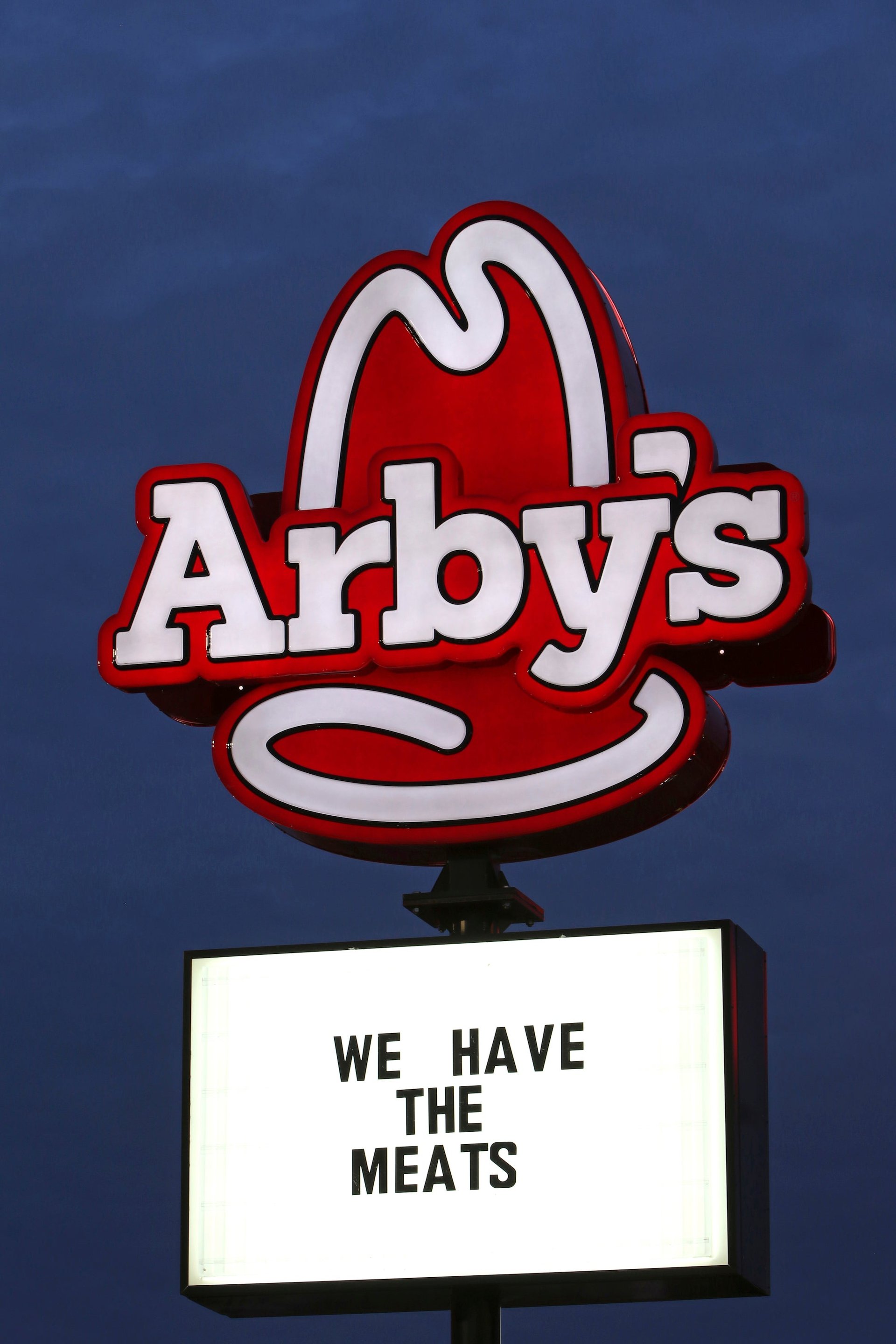Arby’s new duck sandwich is McRib-level marketing genius
Last week Arby’s briefly added a duck breast sandwich to their menu that was seared, sous vided, then dropped in a fryer, and and finished with a smoked cherry sauce and crispy onions, all for $7. If that sounds delicious, then you’re going to have to figure out how to make one at home, because they were available in very limited numbers at 16 restaurants around the country—all in prime duck hunting areas—and they’re all gone now.


Last week Arby’s briefly added a duck breast sandwich to their menu that was seared, sous vided, then dropped in a fryer, and and finished with a smoked cherry sauce and crispy onions, all for $7. If that sounds delicious, then you’re going to have to figure out how to make one at home, because they were available in very limited numbers at 16 restaurants around the country—all in prime duck hunting areas—and they’re all gone now.
The sandwich was both a test run for a larger rollout and a marketing stunt in the form of an eight-ounce duck breast. By serving duck hunters a sandwich that also generated food media buzz, Arby’s not only stoked curiosity, but also reminded loyal customers that they frequently introduce new and seasonal menu items, like the deep fried turkey sandwich they added back onto their menu this week—all while tantalizing urban foodies with a dish they’d have to travel hours to sample.
Arby’s, with its 10-gallon-hat logo and unadorned roast beef sandwiches, is a fast food restaurant you’d expect your grandpa to recommend for lunch. It’s also now somewhere that gets written about by Food & Wine, and which creates viral marketing sensations that turn duck breast, elk, and venison sandwiches into destination dining, and advertising campaigns so successful that they affect the beef market.
They’re not alone. McDonald’s wrote the original playbook on seasonal and occasional menu items that gain cult status, like the Shamrock Shake and, of course, the McRib. Fans have built crowd-sourced maps designed to help other diehards locate the minty green shakes come March, and the McRib locator homes in on restaurants serving the sandwich during its ever-mysterious season. McDonald’s offered its own Shamrock Shake app in 2018, and rumor has it that McRibs may be back on menus soon.
Similarly, Starbucks has turned the Pumpkin Spice Latte into a seasonal phenomenon, if not a destination, since PSL has become more or less unavoidable.
Popeye’s has made what might be the boldest destination dining bid to date, launching a contest in which the fried chicken restaurant selects 12 entrants to place an order at a special drive-through kiosk in Fort Stockton, Texas, then drive 12 hours to New Orleans, Louisiana, where their chicken, after marinating for 12 hours, will be waiting.
It’s not as far afield as, say, reservations at Koks, the Faroe Islands restaurant The New Yorker called “the world’s most remote foodie destination.” Still, considering you could drive from Fort Stockton to San Antonio to eat tacos in less than half the time, that better be some bucket of chicken.